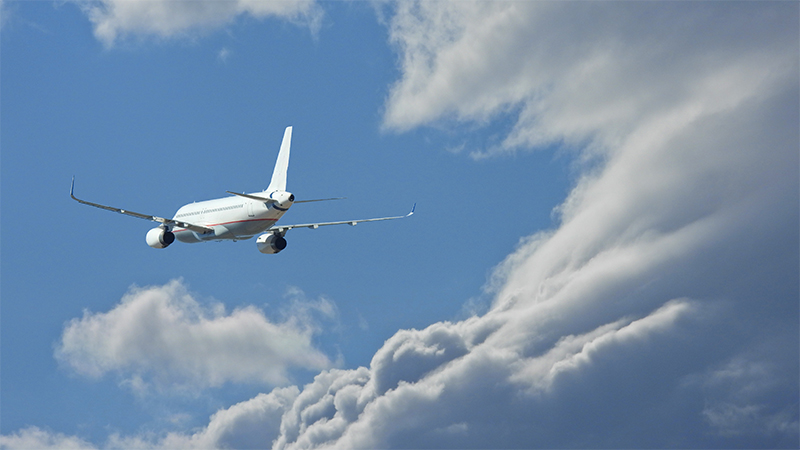

As many of us know, 2020 was a damaging year for the global aerospace industry. The sharp drop in demand had a knock-on effect on production and industry employment.
Fortunately, things are once again moving in the right direction. Better yet, the slowdown allowed companies to focus on their carbon net-neutrality commitments, as we discussed in a previous article.
So, what has the last year looked like in aerospace, and where is the British aerospace industry heading in the future?
According to Deloitte, November 2020 saw a 70 per cent reduction in passenger traffic compared to the same month in 2019. Similarly, capacity levels in the same period dropped 56 per cent, mainly due to social distancing regulations on flights.
The same report states an expected rebound in passenger numbers in 2021, equivalent to a 56 per cent increase compared to 2020 levels. Even so, it projects passenger traffic will remain 38 per cent lower than pre-pandemic levels. Despite there still being travel restrictions in some countries, this increase is at least a positive step in the right direction. Deloitte predicts we will not return to full capacity until 2024, a sentiment echoed elsewhere in the industry.
One interesting statistic in the report is estimated aircraft delivery numbers. Deloitte’s research estimates 950 aircraft deliveries in 2021, a 41 per cent decline from 2018. Alongside this, it notes a shake-up in supply chains, something many of us might have noticed personally.
Despite a decline in delivery numbers, many companies appear to be on track. One such example is Airbus, which announced in late October 2021, that it would meet its target of 600 jet deliveries in 2021. It delivered 424 aircraft in the first three quarters of the year and even increased its projected full-year operating profit by half a billion euros.
Leaner production and supply chains offered a chance for a more in-depth analysis of market trends. A result of this is the projection of a massive boom in aerospace production between 2021 and 2028. A2Z’s report consolidates data from numerous leading aerospace manufacturers, including big British names such as Rolls Royce. The report’s reasons for this boom are too numerous to list, but it is partly due to recent production shifts, changes to manufacturing procedures, and forward-thinking supply chain management.
Elsewhere in British aerospace, Vertical Aerospace recently announced a major collaboration with Heathrow Airport. The deal will set up an air taxi route between the airport and the City of London, with travel times set around 12 minutes.
Vertical Aerospace will use its VA-X4 eVTOL to operate this connection service. Both companies plan to explore the matter in more detail, examining how eVTOL integration can improve convenience for passengers while also reducing overall emissions.
The deal will begin operation in the mid-2020s, providing everything works out. It will be a massive step towards the UK’s carbon net-neutrality commitments, and will also create extensive job opportunities in the area. Considering current interest in eVTOL technology, this is a massive step for the UK.
Regardless of last year’s challenges, the UK’s aerospace industry is resilient. Recent developments show that it is bouncing back, albeit at a slower rate than some would hope. Even so, projections for the coming decade are very exciting, and point towards a stronger and more adaptable aerospace industry.